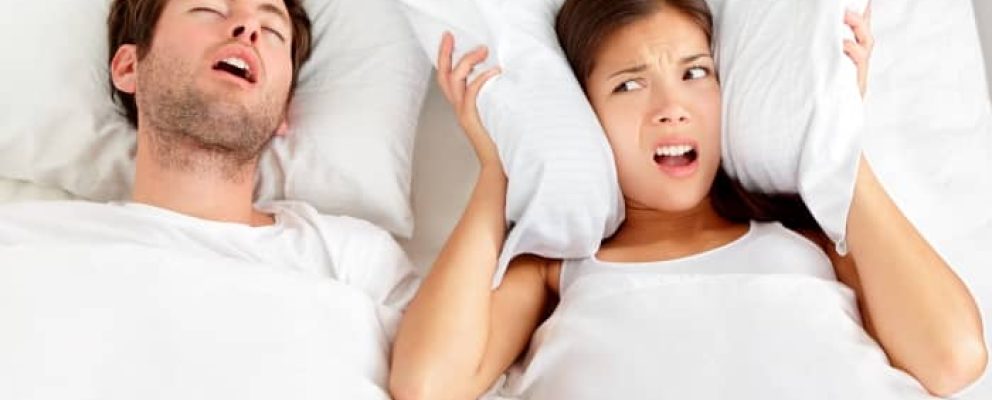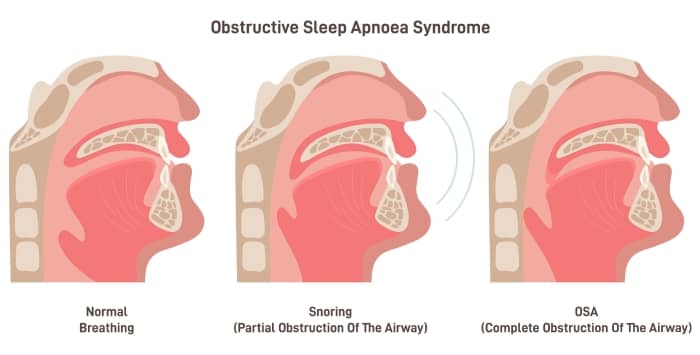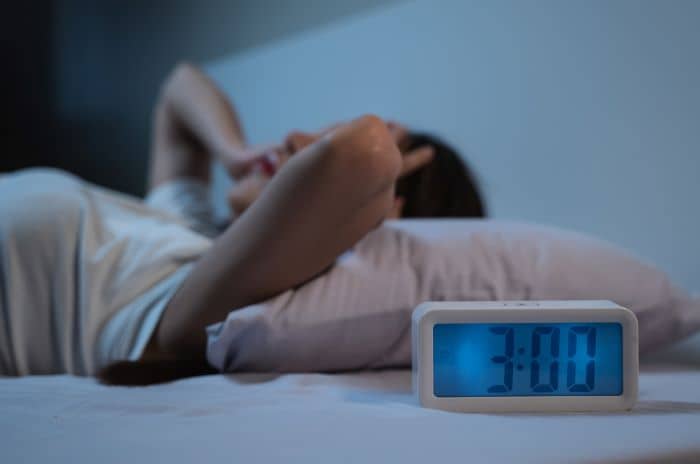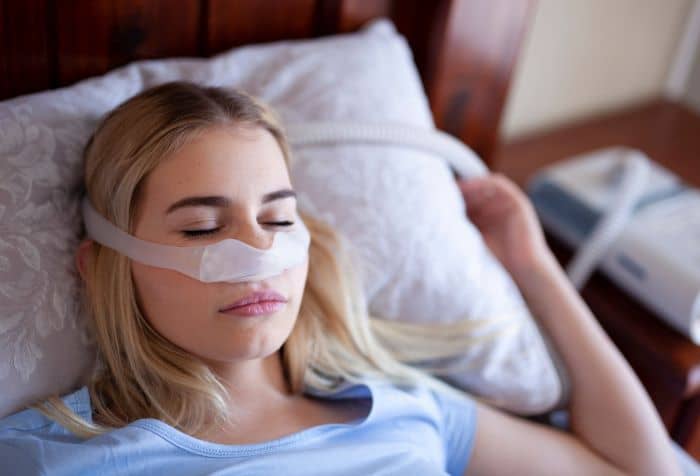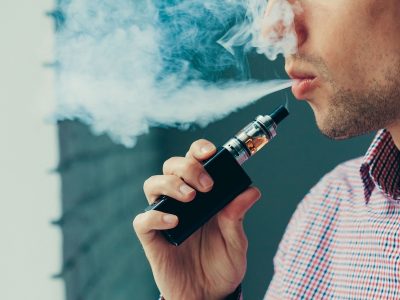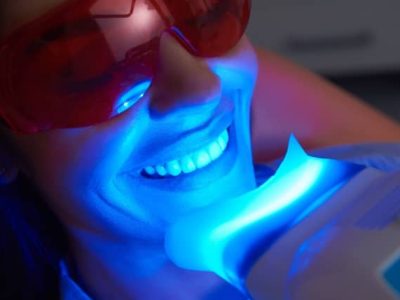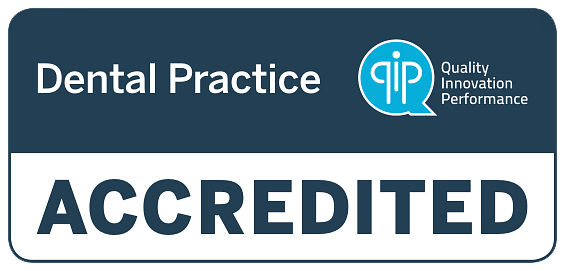Do you think your partner’s snoring is just an annoying habit? Snoring can be an indicator of a serious medical condition known as Obstructive Sleep Apnoea. It is estimated that around 5% of Australians suffer from obstructive sleep apnoea (OSA).
In this article, we’ll explain what obstructive sleep apnoea is, how OSA is treated, and answer frequently asked questions about the condition.
What Is Obstructive Sleep Apnoea?
Obstructive sleep apnea is a medical condition that involves repeated pauses in breathing during sleep. Breathing can stop for as long as 10 seconds, or even more, due to obstructive sleep apnoea.
Individuals with obstructive sleep apnoea struggle to get quality, deep sleep. During sleep, OSA causes the throat to partially close. When this happens, individuals partially awaken to resume breathing properly.
People with obstructive sleep apnoea do not realise that they are repeatedly undergoing cycles of partial waking and sleeping throughout the night. This leads to individuals with OSA feeling unrefreshed in the morning, even after a full night of sleep.
What Causes Sleep Apnoea?
The throat muscles support the soft palate, tonsils, uvula, and tongue. When the throat’s muscles relax too much, these tissues lose their support. When this happens, these tissues can partially or fully block the airway and prevent normal breathing.
When the airway is blocked, the diaphragm and chest muscles are forced to work harder to re-open the airway. The brain senses impaired breathing and force the body to partially wake up to resume breathing properly. This leads to muscle spasms that disrupt sleep and cause discomfort throughout the night. Often, individuals with OSA will wake up throughout the night with an audible gasp or snort.
These wake-sleep cycles continue through the night, preventing restful sleep. In the morning, individuals with obstructive sleep apnoea often wonder why they still feel tired.
What Are the Risk Factors for Obstructive Sleep Apnoea?
Anyone can develop OSA, but certain factors put you at a higher risk:
- Being middle-aged or older
- Being overweight — this is the most common cause of OSA (fatty tissue narrows the throat)
- A family history of obstructive sleep apnoea
- Narrow nasal or throat passages
- Being male — men are twice as likely to have obstructive sleep apnoea
- High blood pressure
- Smoking
- Diabetes
- Chronic nasal congestion
- Thick or large neck structure
What Are the Symptoms of Obstructive Sleep Apnoea?
Patients with obstructive sleep apnoea report symptoms such as:
- Loud, regular snoring that often disrupts others
- A sore throat or dry mouth in the morning
- Excessive fatigue during the day
- Feeling unrefreshed, even after a full night of sleep
- Headaches in the morning
- Trouble concentrating
- Gastroesophageal reflux disease (GERD)
- Restless sleep, insomnia, frequent tossing and turning
- Mood changes
- Low libido
- Irritability
- Night sweats
- Episodes of stopped breathing while sleeping
- Waking up choking or gasping
- High blood pressure
What Are the Symptoms of Obstructive Sleep Apnoea in Children?
Children with obstructive sleep apnoea have slightly different symptoms than adults. Possible symptoms of obstructive sleep apnoea in children include:
- Night sweats
- Bedwetting
- Drooling or choking during sleep
- Sluggishness and fatigue during the day
- Behavioural or learning problems
- Odd sleeping positions
- Trouble at school
- Breathing that stops or pauses during sleep
- Teeth grinding
- Snoring
- Restlessness in bed
Obstructive sleep apnoea in children can be a result of certain medications or large tonsils.
What Are the Treatment Options for Obstructive Sleep Apnoea?
If you are diagnosed with obstructive sleep apnoea, talk with your healthcare provider about how to manage the condition. Recommended treatment for OSA may include:
- Weight Loss — Dropping ten per cent or more of your total body weight may improve obstructive sleep apnoea symptoms
- Avoiding Alcohol or Sedatives — Sleeping pills and alcohol can cause the airway to close while you sleep
- Nasal Sprays — If nasal congestion affects your sleep, nasal sprays can help treat sinus problems
- Sleeping on Your Side — If you have mild OSA, sleeping on your side may help
- Oral Snoring Appliances — If weight loss does not improve your symptoms, your doctor may recommend an oral snoring appliance. These custom-made dental appliances, also known as Mandibular Advancement Splints, are worn during sleep. These non-invasive devices ease the jaw forward to prevent the tongue and soft tissues from blocking the airways during sleep.
- Continuous Positive Airway Pressure (CPAP) Machine — Using a nasal mask, CPAP machines force a constant flow of air through the nose and mouth to keep the tissues open during sleep. Although effective, some people find the mask uncomfortable to sleep with.
- Surgical Treatment — Although it is rare, some instances of OSA may be treated with surgery to remove a portion of the soft tissues of the throat.
What to Expect from Obstructive Sleep Apnoea Treatment?
If your general healthcare practitioner determines you have a mild to moderate case of Obstructive Sleep Apnoea, they may refer you to a dental professional to be evaluated for a snoring appliance. These appliances are custom-made so they fit your mouth exactly.
Here’s what to expect from obstructive sleep apnoea treatment with a mandibular advancement splint:
- Your dentist will examine your teeth, gums, and mouth, assess your oral health, and perform x-rays if necessary
- Your dentist will use a clay-like material to take impressions of your bite
- The impressions will be sent to a lab to make a custom-fitted snoring appliance (this generally takes two to three weeks)
- Once your mandibular advancement splint arrives, your dentist will ensure it fits your mouth as it should
- Your dentist will educate you on how to wear your snoring appliance and how to care for it
It may take some time to get used to wearing the device every night, but most patients adapt to an oral snoring appliance relatively quickly. At future general checkups, be sure to bring your mandibular advancement splint with you. Your dentist will evaluate your snoring appliance to make sure it is in good condition and still fitting correctly.
FAQs About Obstructive Sleep Apnoea
What Are the Benefits of Sleep Apnoea Treatment?
Possible benefits of obstructive sleep apnoea treatment include:
- Improved overall wellness
- Improved sleep quality
- Increased concentration and focus during the day
- Feeling refreshed upon waking up
- Decreased risk of stroke and heart problems
- Reduced risk of depression
- Improved diabetes management
- Improved mood
- A small improvement in blood pressure
What Happens If Sleep Apnoea Is Not Treated?
If Obstructive Sleep Apnoea is left untreated, it can lead to various health problems. Because OSA causes decreased oxygen flow to the organs and affects breathing, it is considered a life-threatening condition.
When ignored, the lack of quality sleep from OSA can cause serious health problems, including depression, stroke, irregular heart rhythms, obesity, insulin resistance, high blood pressure, and an increased risk of workplace or motor accidents due to drowsiness.
What Is the Difference Between Central Sleep Apnoea and Obstructive Sleep Apnoea?
Central sleep apnoea (CSA) is caused when the brain doesn’t send the right signals to the muscles that control breathing. Obstructive sleep apnoea is caused by a partially or fully blocked airway.
Central sleep apnoea is less common than obstructive sleep apnoea. CSA is also less likely to include loud snoring. Central sleep apnoea can be caused by certain medications, heart failure, stroke, or other illnesses that affect the areas of the brain associated with breathing control.
Can Obstructive Sleep Apnoea Be Prevented?
Maintaining a healthy weight, limiting your use of sleeping pills, and limiting alcohol consumption can all help reduce your risk of developing obstructive sleep apnoea. It is also helpful to maintain good sleeping habits and a consistent sleep pattern.
Are You Concerned About Obstructive Sleep Apnoea?
Have you noticed signs of obstructive sleep apnoea in yourself or a loved one? It is crucial to talk with your physician right away if you have concerns about obstructive sleep apnoea.
If your healthcare provider has diagnosed you with OSA and recommended an oral snoring appliance, please contact us with any questions. We offer custom-made Mandibular Advancement Splints that can help you finally enjoy a deep, restful night of sleep. Reach out to our caring team with questions or to set up a consultation.
